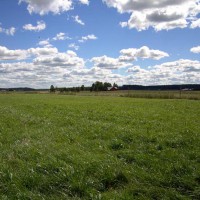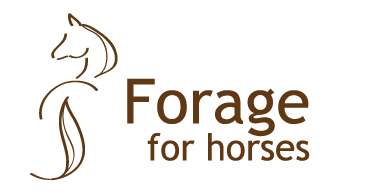Harvest date, harvest year and location have the greatest effect on forage nutritive quality

Fibre quality can be expressed as iNDF (indigestible fibre) and iNDF increases with stage of maturity of grass. Weather like temperature affects how iNDF changes. Different plants have different time point for ear emergence and are therefore called early, medium or late. Different species and varieties also have different ability to maintain the energy value at ear emergence.
A Swedish study show that the choice of variety or variety mixtures of grass only partly affects the nutritive quality. Harvest date has a greater influence. The nutritive quality can also vary between different locations and year which is not caused by choice of variety and therefore is difficult to influence. The study shows that there is a correlation between harvest date, harvest year and location that is stronger than between variety and location for the species timothy, meadow fescue, tall fescue, tall fescue hybrids and English rye grass. This means that for harvest date, harvest year and location are the greatest variations and they are not affected by different varieties.
Around first harvest the fibre content increased while the energy content decreased, this was usually the case also for the second harvest where changes in content of fibre and energy could be rapid. Since harvest date has such a great influence on forage nutritive quality there is great potential to control the content of fibre and energy. Consequently it is possible to produce forage with different nutritive quality for different requirements.
Sara Muhonen, AgrD
Reference:
Halling MA & Jansson J 2014. Näringskvalitet i olika vallgräs. Vallkonferens 2014, Rapport nr 18, sid 47-50, Institutionen för växtproduktionsekologi, Sveriges lantbruksuniversitet, Uppsala, Sverige. (In Swedish)
